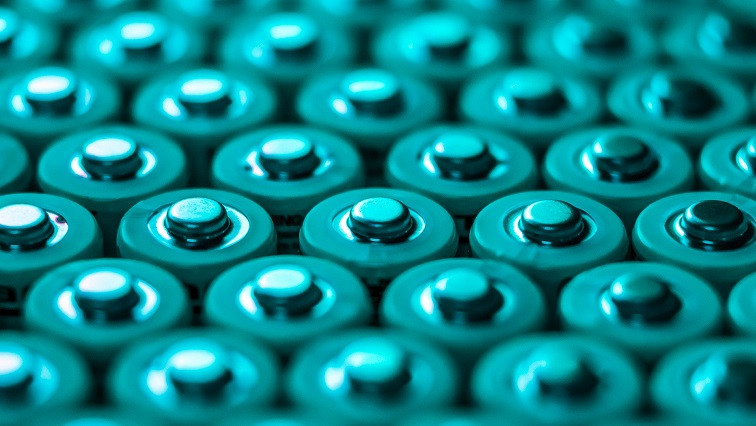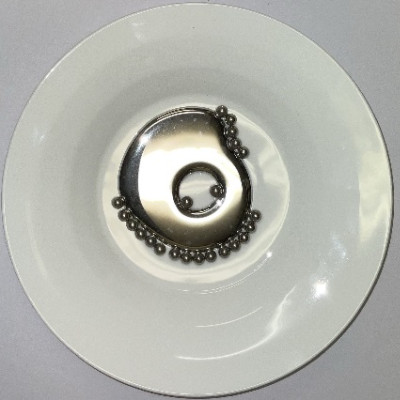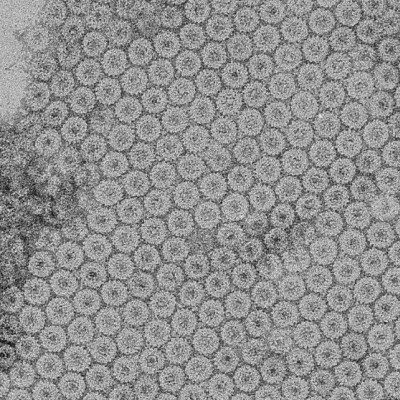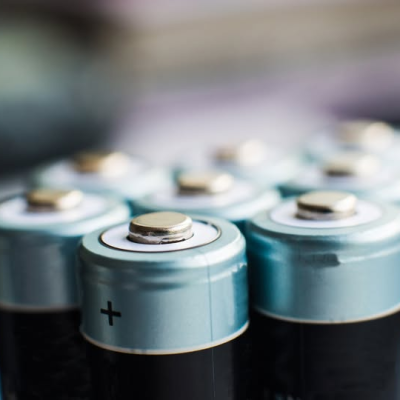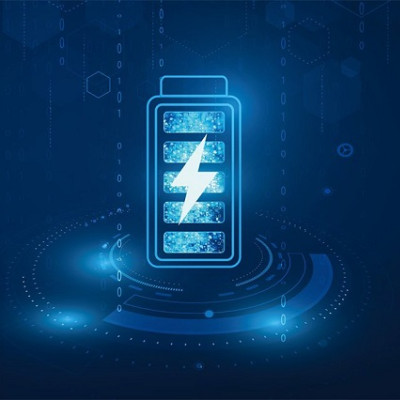Their research, published in Nature Communications, shows an unexpected ‘in-plane staging’ process during lithium intercalation in bilayer graphene, which could pave the way for advancements in energy storage technologies.
Lithium-ion batteries, which power everything from smartphones and laptops to electric vehicles, store energy through a process known as ion intercalation. This involves lithium ions slipping between layers of graphite - a material traditionally used in battery anodes, when a battery is charged. The more lithium ions that can be inserted and later extracted, the more energy the battery can store and release. While this process is well-known, the microscopic details have remained unclear. The Manchester team’s discovery sheds new light on these details by focusing on bilayer graphene, the smallest possible battery anode material, consisting of just two atomic layers of carbon.
In their experiments, the researchers replaced the typical graphite anode with bilayer graphene and observed the behaviour of lithium ions during the intercalation process. Surprisingly, they found that lithium ions do not intercalate between the two layers all at once or in a random fashion. Instead, the process unfolds in four distinct stages, with lithium ions arranging themselves in an orderly manner at each stage. Each stage involves the formation of increasingly dense hexagonal lattices of lithium ions.
Professor Irina Grigorieva, who led the research team, commented, "the discovery of 'in-plane staging' was completely unexpected. It revealed a much greater level of cooperation between the lattice of lithium ions and the crystal lattice of graphene than previously thought. This understanding of the intercalation process at the atomic level opens up new avenues for optimising lithium-ion batteries and possibly exploring new materials for enhanced energy storage."
The study also revealed that bilayer graphene, while offering new insights, has a lower lithium storage capacity compared to traditional graphite. This is due to a less effective screening of interactions between positively charged lithium ions, leading to stronger repulsion and causing the ions to remain further apart. While this suggests that bilayer graphene may not offer higher storage capacity than bulk graphite, the discovery of its unique intercalation process is a key step forward. It also hints at the potential use of atomically thin metals to enhance the screening effect and possibly improve storage capacity in the future.
This pioneering research not only deepens our understanding of lithium-ion intercalation but also lays the groundwork for the development of more efficient and sustainable energy storage solutions. As the demand for better batteries continues to grow, the findings in this research could play a key role in shaping the next generation of energy storage technologies.
The National Graphene Institute (NGI) is a world-leading graphene and 2D material centre, focussed on fundamental research. Based at The University of Manchester, where graphene was first isolated in 2004 by Professors Sir Andre Geim and Sir Kostya Novoselov, it is home to leaders in their field – a community of research specialists delivering transformative discovery. This expertise is matched by £13m leading-edge facilities, such as the largest class 5 and 6 cleanrooms in global academia, which gives the NGI the capabilities to advance underpinning industrial applications in key areas including: composites, functional membranes, energy, membranes for green hydrogen, ultra-high vacuum 2D materials, nanomedicine, 2D based printed electronics, and characterisation.
Read the original article on University of Manchester.

